Les Potirons, France’s History and Love of Pumpkins
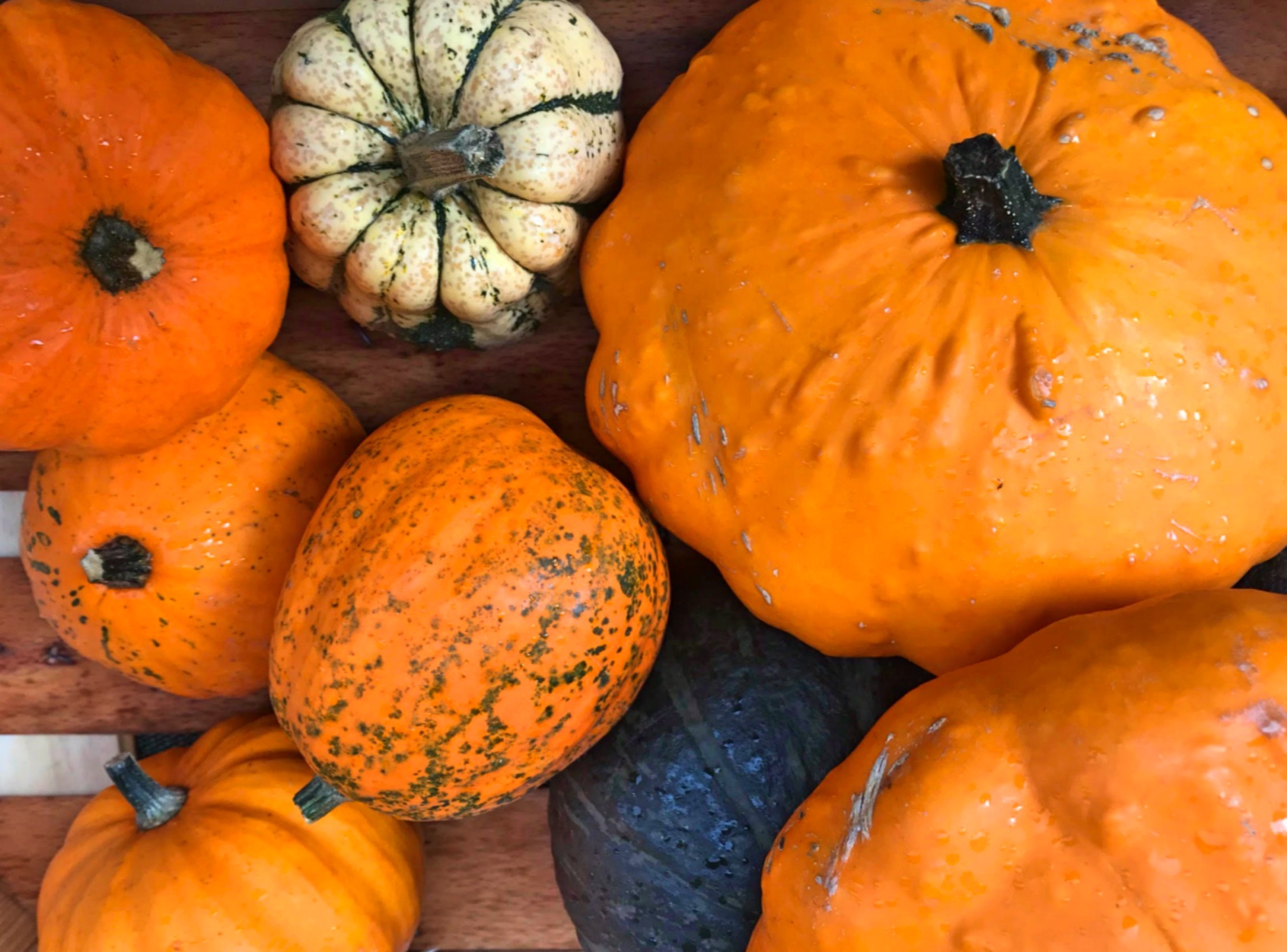 While pumpkins are generally associated with the Americas, and rightfully so, the French have a particularly strong affection for this New World vegetable. Although you will never find a pumpkin pie served for dessert in a French home, in autumn the country’s markets abound in every shape and size of pumpkin. Here is how this fondness of potirons came to be and a recipe for the preferred way for the French to consume pumpkins, in a velouté, a thick and creamy soup.
While pumpkins are generally associated with the Americas, and rightfully so, the French have a particularly strong affection for this New World vegetable. Although you will never find a pumpkin pie served for dessert in a French home, in autumn the country’s markets abound in every shape and size of pumpkin. Here is how this fondness of potirons came to be and a recipe for the preferred way for the French to consume pumpkins, in a velouté, a thick and creamy soup.
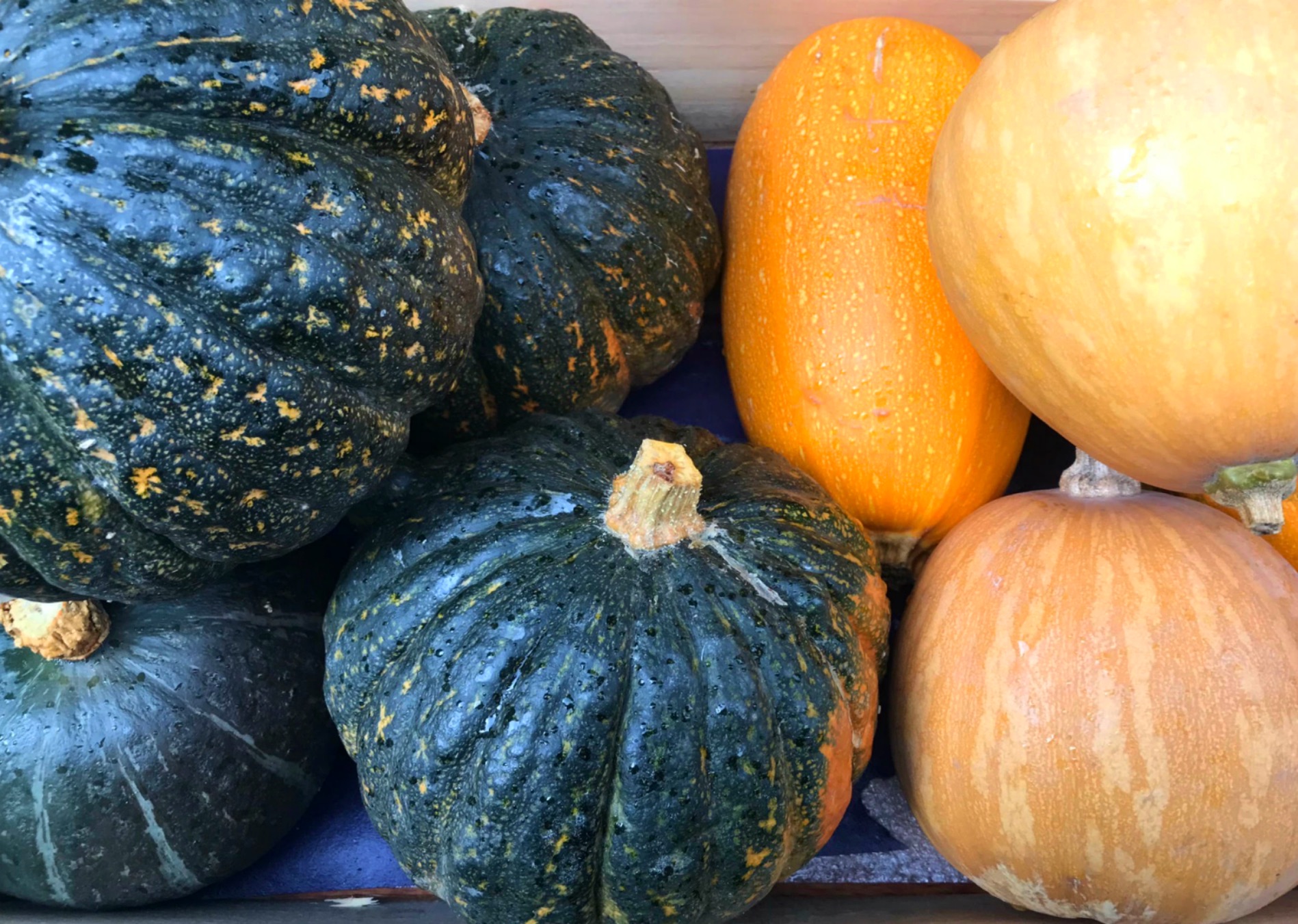
The first cultivation of pumpkins began around 12,000 years ago in Precolumbian South America. Over the millennia, pumpkin seeds eventually spread across the Americas. While French explorer Jacques Cartier is recorded to have observed these vibrant vegetables during his explorations of Canada in the 1530s, Spanish explorer Alvar Nunez Cabeza de Vaca is considered to have brought the first pumpkin seeds to Europe, via Florida in 1528. These seeds gradually spread around the continent and made their way to Asia through the Portuguese.
This new vegetable eventually reached France, where it was named “potiron,” owing to its shape, similar to that of a large mushroom (champignon in French). During the reign of Louis XIV, pumpkins gained prominence in le Potager du Roi, the King’s vegetable garden at Versailles. Whenever its head gardener, Jean-Baptiste de la Quintinie, received new seeds, he was instructed by the King to plant these in an honorable location in the garden. At the time nobles generally did not each vegetables grown in or on the earth; these were considered dirty and for lower classes. However, the King is said to have been fond of the bonnet turc variety of pumpkins and may have eaten these occasionally either fricasséed or in a soup.
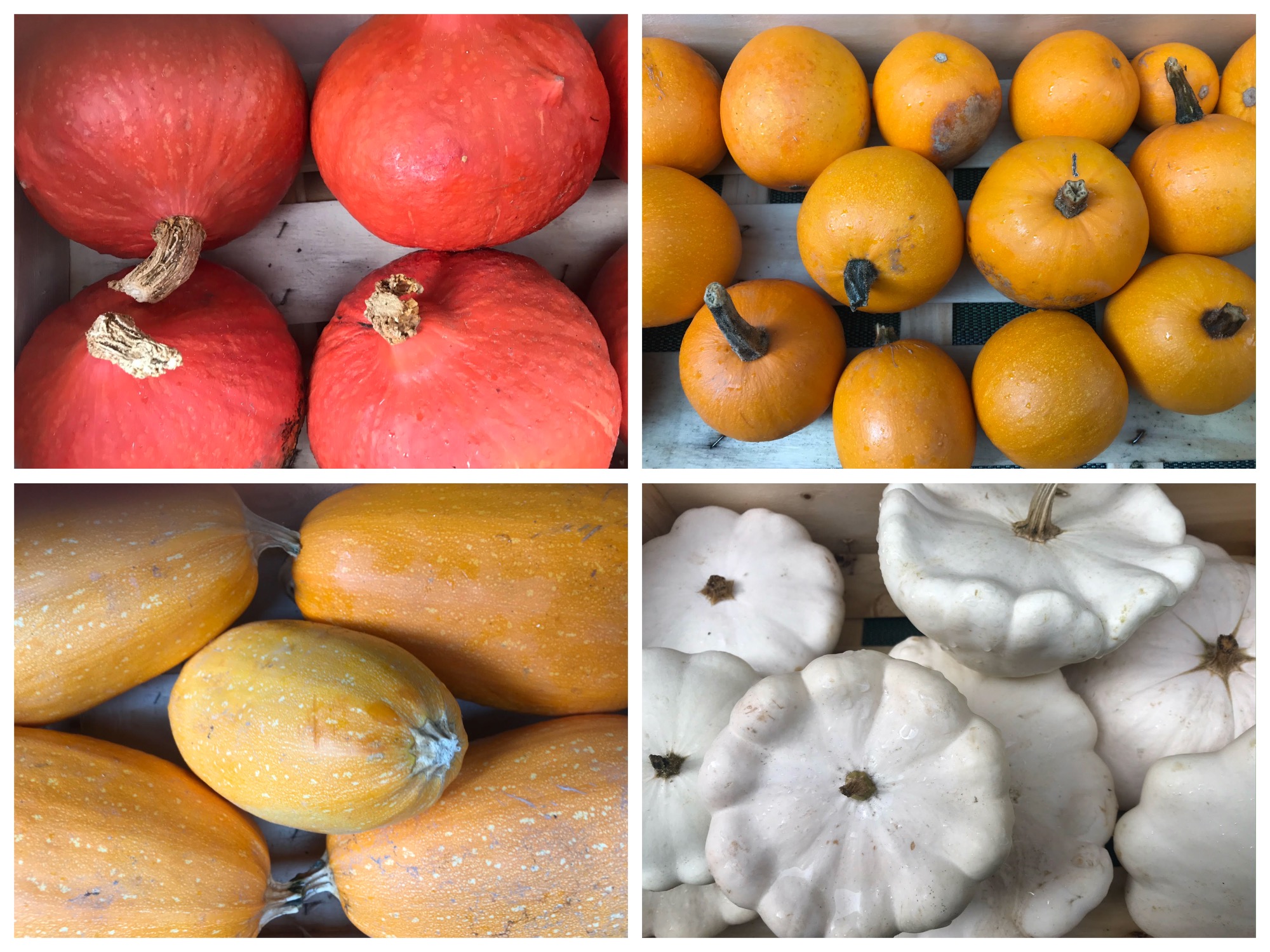
In 1860 French botanist Charles Naudin established the first list of pumpkin varieties, totally twenty. On an autumnal tour of a French market, you’ll likely find a number of these, however, there are fewer of the round, bright orange ones we turn into jack o’lanterns. Instead, you’re more likely to spot huge crookneck pumpkins, available in sectional pieces, as well as a wide array of squashes, from pattypan to butternut. Within the squash family, the French are particularly fond of red kuris. Also called “potiron doux de Hokkaido,” this Japanese variety, originally brought to Japan by the aforementioned Portuguese explorers, was only introduced to France in 1957. This is a beautiful illustration of the migratory nature of food!
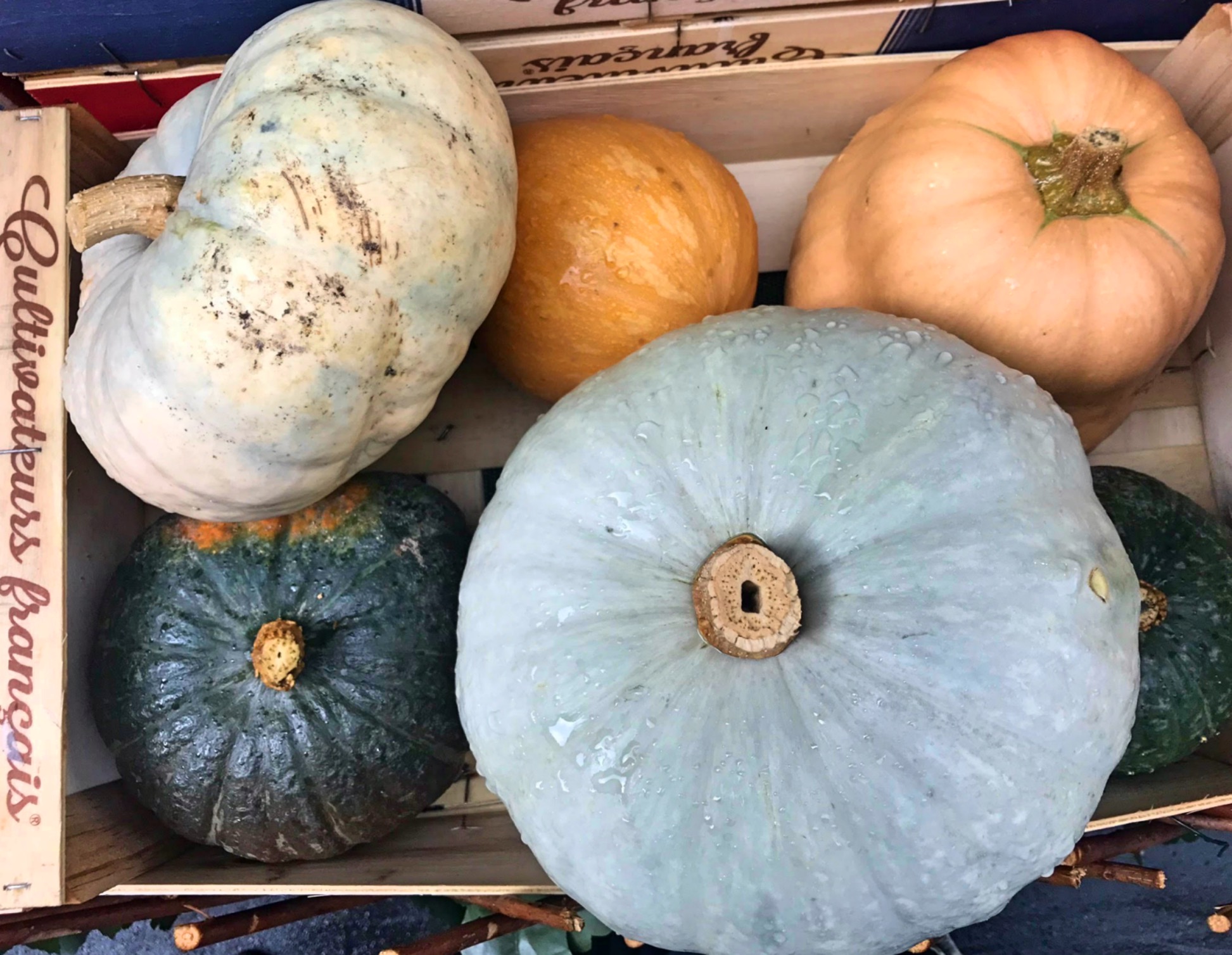
Velouté de Potiron à l’Ancienne
Ingredients for four people
- 3 cups of peeled and cubed pumpkin of your choice
- 2 medium yellow or white onions
- ⅓ cup of cream
- 3 cups of water
- Tablespoon of olive oil
- Pinch of nutmeg and salt
Instructions
- Remove the seeds, peel and cube the pumpkin
- Dice the onions and sauté in a pan with the olive oil, on medium heat until golden
- Add in the pumpkin cubes, water and salt
- Reduce heat and let simmer for 20 minutes
- Mix with hand blender
- Add in the cream and nutmeg
Serve with fresh baguette. Bon appetit!
Learn more about France’s culinary heritage on a custom tour of le Potager du Roi in the company of a Versailles garden specialist. We can also arrange tours of Parisian markets. Contact us here for further information.

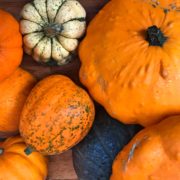








Leave a Reply
Want to join the discussion?Feel free to contribute!